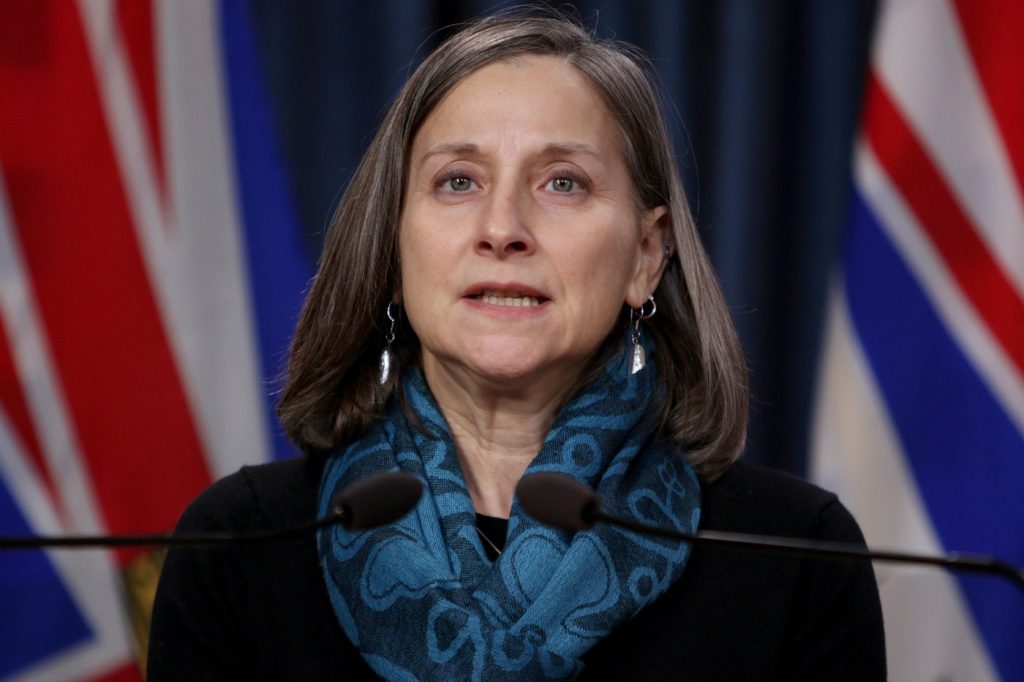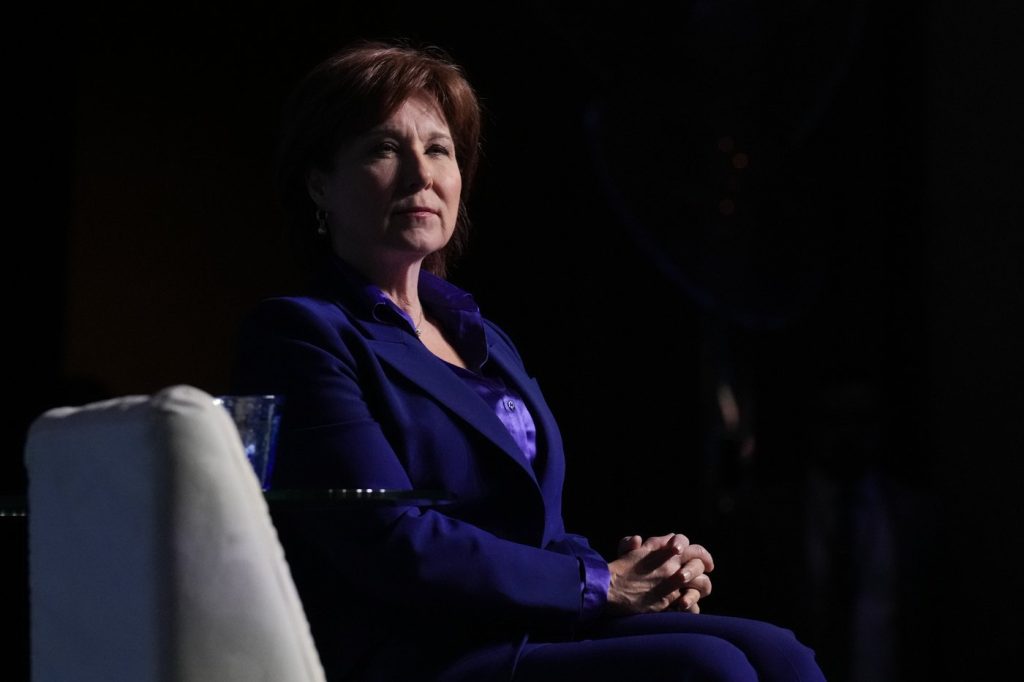B.C. restaurants, food sector struggling with staffing as COVID-19 measures ease
Posted October 25, 2021 10:56 am.
While capacity limits have been lifted in parts of B.C. for a number of businesses and gatherings, you may still find yourself waiting while out for a bite or drink.
According to the Alliance of Beverage Licensees, the industry is still facing a number of challenges, though the scaling back of COVID-19 measures is welcome news.
“We estimate we’re about 40,000 workers short right now. So, if you’re out there and you’re wondering why it takes longer to get service at your favourite restaurant, bar, or pub, we’re struggling with that as well. We’re doing the best we can with inadequate staffing,” explained Jeff Guignard, ABLE BC executive director.
The staffing shortage, he says, is expected to be a longer term challenge, with a few factors adding to struggles.
“The hospitality industry has relied upon foreign workers in a lot of places,” he explained, pointing to travel measures brought on by the pandemic, through which many countries moved to shut down borders to non-essential travel to limit the spread of the virus.
Related articles:
-
B.C.’s capacity limits lifted on restaurants, arenas, concerts, and more
-
B.C. event planners, tourism industry looking forward to lifted capacity limits
-
B.C. doctors group opposes lifting COVID-19-related capacity limits on events
Second, Guignard notes the sector was “essentially shut down” for about a year, meaning many people lost their jobs.
Many of them went on to find new employment.
Finally, he says there are the select few who have been taking advantage of federal and provincial aid programs, despite many businesses paying more.
“Yes, sometimes that comes with costs for us as well, and we’re in a low-margin business that’s been losing money for a while, so we do have to pass off some of those costs to customers, of course, and we’re hoping everyone will be understanding about that.”
The food services and hospitality sectors have been hard hit through the pandemic, with many businesses operating at an overall loss over the past year.
Guignard says everyone is anxious to get back to normal.
“We wish these steps were going faster,” he admitted on Monday. “But at the end of the day, today is really good news for our industry.”
As of Monday, there are no longer capacity restrictions for venues that require proof of vaccination in many parts of the province, meaning businesses are able to fill their establishments to 100 per cent capacity if they are checking for B.C. Vaccine Cards.
As part of the scaling back of COVID-19 measures, patrons are able to now mingle between tables, no longer being forced to stay in their seats while out. Venues are allowed to determine their own table limits, and there are no longer any restrictions on liquor sale hours.
Measures still remain
However, some measures remain. People are still required to wear masks in indoor public spaces, dancing is still not permitted, and full vaccination is required to access certain non-essential businesses, services, and events.
Pandemic rules are also not being relaxed across the province. Regional restrictions remain for the Interior Health, Northern Health, and Fraser East regions due to high COVID-19 case numbers and low vaccination rates.
“We’ve been losing money, we’ve barely broken even for the past 18 to 20 months,” said Guignard of struggles the industry has faced. “All of these restrictions have, accidentally, been really borne by the hospitality industry, people on the frontlines, right? We haven’t been able to host events properly, we haven’t been able to be at full capacity, we’ve had to check vaccine passports and so many of those things, which has been difficult.”
He believes the lifting of restrictions is a step in the right direction. However, he says there are still some challenges workers and businesses will have to navigate, pointing to the dancing restrictions and their impacts on places like nightclubs.
“It’s been very difficult to help customers understand, especially now that everyone’s double vaccinated … why you can’t dance,” Guignard explained. “We’ve got back to standing and mingling, that’s a good step, and I think we’ll get back to dancing fairly soon. Even just the simple fact of allowing people to stand up is taking tremendous pressure off staff who have had to go around the room over, and over, and over again to remind people they’re not allowed to stand.”
-With files from Claire Fenton








